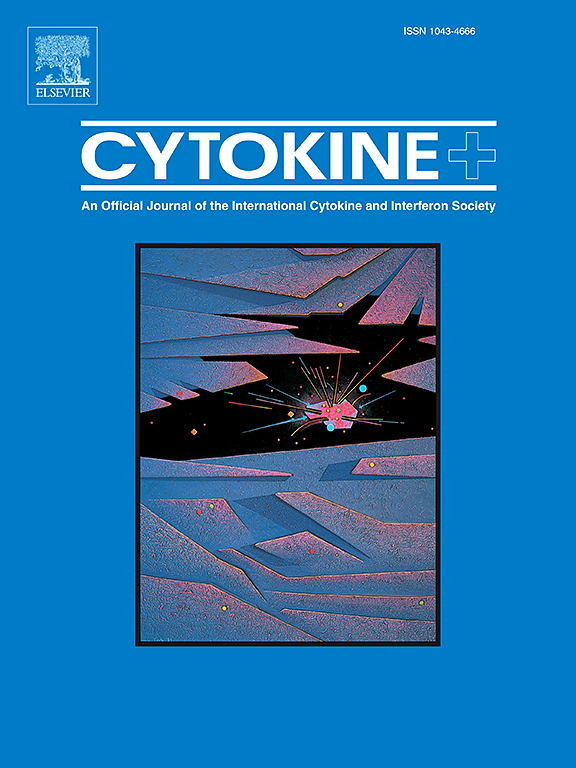从基因到临床:欧洲祖先氧化应激源和脂质代谢的基因组和横断面队列分析
IF 3.7
3区 医学
Q2 BIOCHEMISTRY & MOLECULAR BIOLOGY
引用次数: 0
摘要
氧化应激与脂质代谢之间的联系已被广泛研究,但它们在普通人群中的因果关系尚不清楚。方法采用加权回归和倾向评分匹配(PSM)模型,研究2005 - 2018年国家健康与营养调查(NHANES)中11087名欧洲血统参与者的内源性氧化应激标志物(血清胆红素和尿酸)与脂质代谢之间的关系。此外,我们利用全基因组关联研究(GWAS)汇总统计数据,对来自欧洲血统个体(n = 997至575,531)进行了双向双样本孟德尔随机化(MR)分析,以探索氧化应激标志物与脂质代谢谱(n = 20,430)之间的遗传因果关系。结果加权回归显示,血清尿酸显著增加高胆固醇(OR = 1.11, 95% CI = 1.06 ~ 1.15, P <;0.001)和高甘油三酸酯(OR = 1.25, 95% CI -1.30 = 1.20, P & lt;0.001)。PSM分析证实血清尿酸增加了高甘油三酯的发生率(OR = 1.57, 95% CI = 1.35-1.82, P <;0.001)。此外,氧化应激标志物与脂质代谢之间存在很强的双向遗传关系。例如,血清尿酸升高血清甘油三酯(β = 0.1904, Se = 0.05, P <;0.001),总胆固醇降低(β = - 0.1298, Se = 0.039, P <;0.001)。相反,总胆固醇降低直接胆红素水平(β = - 0.1707, Se = 0.018, P <;0.001)。MR-Egger截距未检测到显著的水平多效性。我们的研究结果表明,氧化应激标志物与脂质代谢之间存在强大的遗传和基于群体的关联,提示了基于内源性氧化应激源的脂质紊乱的潜在治疗靶点。本文章由计算机程序翻译,如有差异,请以英文原文为准。

From genes to clinic: Genomic and cross-sectional cohort analysis of oxidative stressors and lipid metabolism in European ancestry
Background
The link between oxidative stress and lipid metabolism is widely studied, but their causal relationship in the general population remains unclear.
Methods
We utilized weighted regression and propensity score matching (PSM) models to investigate the relationship between endogenous oxidative stress markers (serum bilirubin and uric acid) and lipid metabolism in 11,087 participants of European ancestry from the National Health and Nutrition Examination Survey (NHANES) during the period from 2005 to 2018. Additionally, we performed a bidirectional two-sample Mendelian randomization (MR) analysis using Genome-Wide Association Study (GWAS) summary statistics from individuals of European ancestry (n = 997 to 575,531) to explore the genetic causal relationship between oxidative stress markers and lipid metabolism profiles (n = 20,430).
Results
Weighted regression showed that serum uric acid significantly increased high cholesterol (OR = 1.11, 95 % CI = 1.06–1.15, P < 0.001) and high triglycerides (OR = 1.25, 95 % CI = 1.20–1.30, P < 0.001). PSM analysis confirmed that serum uric acid increased the incidence of high triglycerides (OR = 1.57, 95 % CI = 1.35–1.82, P < 0.001). Additionally, a strong bidirectional genetic relationship was found between oxidative stress markers and lipid metabolism. For example, serum uric acid increased serum triglycerides (β = 0.1904, Se = 0.05, P < 0.001) and decreased total cholesterol in very large HDL (β = −0.1298, Se = 0.039, P < 0.001). Conversely, total cholesterol reduced direct bilirubin levels (β = −0.1707, Se = 0.018, P < 0.001). No significant horizontal pleiotropy was detected by MR-Egger intercept.
Conclusion
Our findings demonstrate a robust genetic and population-based association between oxidative stress markers and lipid metabolism, suggesting potential therapeutic targets for lipid disorders based on endogenous oxidative stressors.
求助全文
通过发布文献求助,成功后即可免费获取论文全文。
去求助
来源期刊

Cytokine
医学-免疫学
CiteScore
7.60
自引率
2.60%
发文量
262
审稿时长
48 days
期刊介绍:
The journal Cytokine has an open access mirror journal Cytokine: X, sharing the same aims and scope, editorial team, submission system and rigorous peer review.
* Devoted exclusively to the study of the molecular biology, genetics, biochemistry, immunology, genome-wide association studies, pathobiology, diagnostic and clinical applications of all known interleukins, hematopoietic factors, growth factors, cytotoxins, interferons, new cytokines, and chemokines, Cytokine provides comprehensive coverage of cytokines and their mechanisms of actions, 12 times a year by publishing original high quality refereed scientific papers from prominent investigators in both the academic and industrial sectors.
We will publish 3 major types of manuscripts:
1) Original manuscripts describing research results.
2) Basic and clinical reviews describing cytokine actions and regulation.
3) Short commentaries/perspectives on recently published aspects of cytokines, pathogenesis and clinical results.
 求助内容:
求助内容: 应助结果提醒方式:
应助结果提醒方式:


